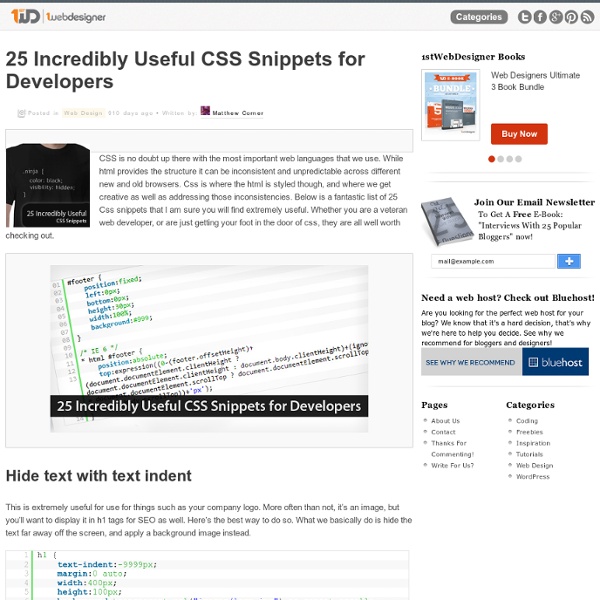



20 Linux System Monitoring Tools Every SysAdmin Should Know Need to monitor Linux server performance? Try these built-in commands and a few add-on tools. Most Linux distributions are equipped with tons of monitoring. Finding out bottlenecks.Disk (storage) bottlenecks.CPU and memory bottlenecks.Network bottlenecks. #1: top - Process Activity Command The top program provides a dynamic real-time view of a running system i.e. actual process activity. Fig.01: Linux top command Commonly Used Hot Keys The top command provides several useful hot keys: => Related: How do I Find Out Linux CPU Utilization? #2: vmstat - System Activity, Hardware and System Information The command vmstat reports information about processes, memory, paging, block IO, traps, and cpu activity. # vmstat 3 Sample Outputs: Display Memory Utilization Slabinfo # vmstat -m Get Information About Active / Inactive Memory Pages # vmstat -a => Related: How do I find out Linux Resource utilization to detect system bottlenecks? #3: w - Find Out Who Is Logged on And What They Are Doing # ps -AlFH
25 CSS Snippets for Some of the Most Common and Frustrating Tasks In this post we have 25 CSS snippets and hacks that will solve many of the most frequently used and, at times, frustrating CSS development tasks. Why reinvent the wheel when there are already plenty of time-saving pre-written CSS code snippets? As well as some classic and timeless CSS hacks you will also find many CSS3 snippets, like box-shadow, border-radius,linear-gradient and many more. Adding shadow to text – text-shadow Helps make your text stand out from the rest. Source Adding an image-based border – border-image You can create any kind of border you want for any object(s) on your website using this. Adding shadow to borders and images – box-shadow Helps make your borders and images “pop” from the background more, giving a subtle 3D-like visual cue that it’s something separate, in the foreground, and the thing that visitors should be looking at. Adding rounded corners – border-radius Self-explanatory. Adding individual rounded corners – border-radius Adding a gradient – linear-gradient
7 Clever Google Tricks Worth Knowing Email Below I have compiled a list of 7 clever Google tricks that I believe everyone should be aware of. Together I think they represent the apex of the grand possibilities associated with Google search manipulation tricks and hacks. 1. 2. 3. You’re connecting to a public network at a coffee shop or internet café and you want privacy while you browse the web. There are subscription services and applications available such as TOR and paid VPN servers that do the same thing. 4. 5. 6. 7. Bonus Material: Here is a list of my favorite Google advanced search operators, operator combinations, and related uses: Want more info on Google Hacking? If you enjoyed this article, check out our new best-selling book. And get inspiring life tips and quotes in your inbox (it's free)...
3 astuces CSS fort utiles Voici quelques astuces CSS assez utiles, mais très peu utilisées. Au menu : Bien utiliser <HTML> et <BODY>Appliquer un style à tous les éléments.Donner plusieurs « class » à un élément Bien utiliser <HTML> et <BODY> <HTML>, comme tout autre élément, peut être personnalisé via les CSS. Appliquer un style à tous les éléments. Il est possible d’appliquer un style général à tous les éléments, via * Cette technique est utilisée par certaines feuilles de Reset CSS, pour appliquer des marges intérieurs et extérieures de 0 par défaut sur tous les éléments. Donner plusieurs « class » à un élément Il est possible de donner plusieurs valeurs à un attribut class, ce qui permet de gérer plus proprement certains éléments. avec comme résultat « texte rose et souligné« . edit : comme l’a noté Kazhar dans les commentaires, il faut nommer ses classes CSS en fonction de l’utilité de l’élément, mais pour le coup, il me fallait un exemple facile à comprendre, et à expliquer
70 Expert Ideas For Better CSS Coding Advertisement CSS isn’t always easy to deal with. Depending on your skills and your experience, CSS coding can sometimes become a nightmare, particularly if you aren’t sure which selectors are actually being applied to document elements. An easy way to minimize the complexity of the code is as useful as not-so-well-known CSS attributes and properties you can use to create a semantically correct markup. We’ve taken a close look at some of the most useful CSS tricks, tips, ideas, methods, techniques and coding solutions and listed them below. And what has come out of it is an overview of over 70 expert CSS ideas which can improve your efficiency of CSS coding. We’d like to express sincere gratitude to all designers who shared their ideas, techniques, methods, knowledge and experience with their readers. Update (29/05/2007): Brazilian-Portuguese translation of the article2 is also available. 1.1. 1.2. 1.3. Keep containers to a minimum. 1.4.
Gérer les débordements de contenus grâce à CSS Sommaire Précision : cet article se limite volontairement au dépassement de contenus et non à d'éventuelles erreurs de conception de design, de mauvaise gestion de la fluidité, ou à des débordements de blocs flottants. Préambule J'ai une mauvaise nouvelle pour vous : le Web n'est pas un média figé ou paginé tel que le média d'impression. Puisque - heureusement - il n'est plus possible de fixer la taille, voici un point sur les différentes techniques modernes permettant de canaliser les caprices de vos contributeurs… overflow: hidden : circulez, y'a rien à voir ! La propriété CSS2 overflow a été conçue pour administrer les débordements d'éléments au sein d'un bloc. A l'heure actuelle, le peu de valeurs prises en charge par cette propriété la rend quelque peu abrupte : soit le contenu est tronqué et masqué (valeur hidden), soit de laides barres de défilement apparaissent (valeur scroll ou auto). Voici comment mettre en œuvre cette propriété : Exemple (HTML) : Partie CSS : Compatibilité Conclusion